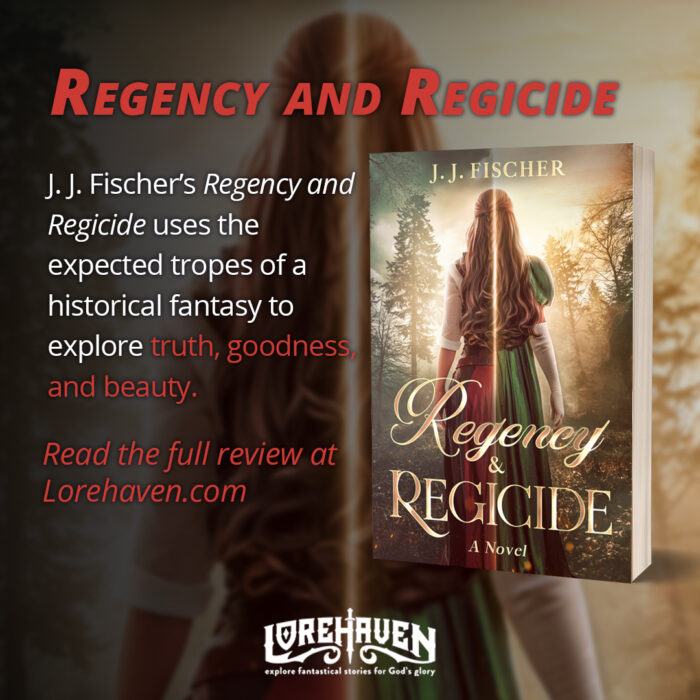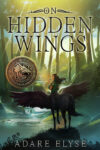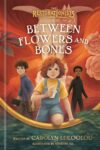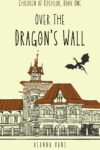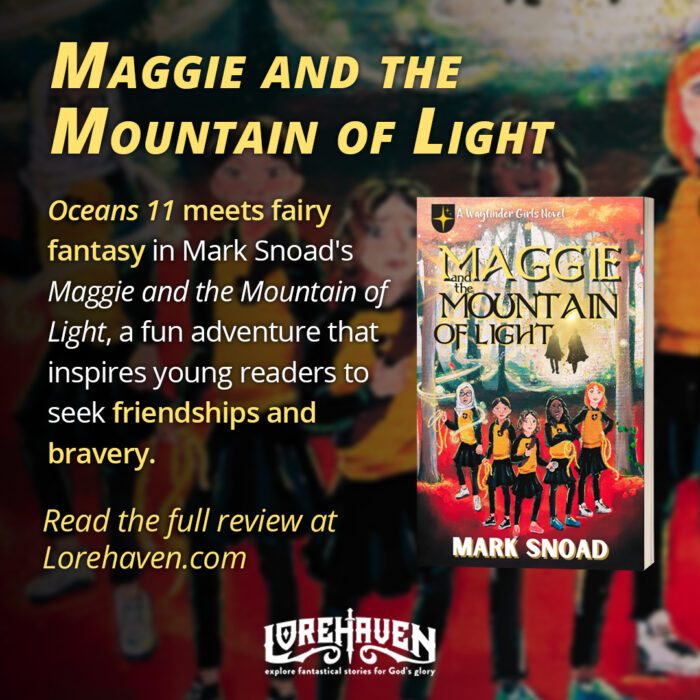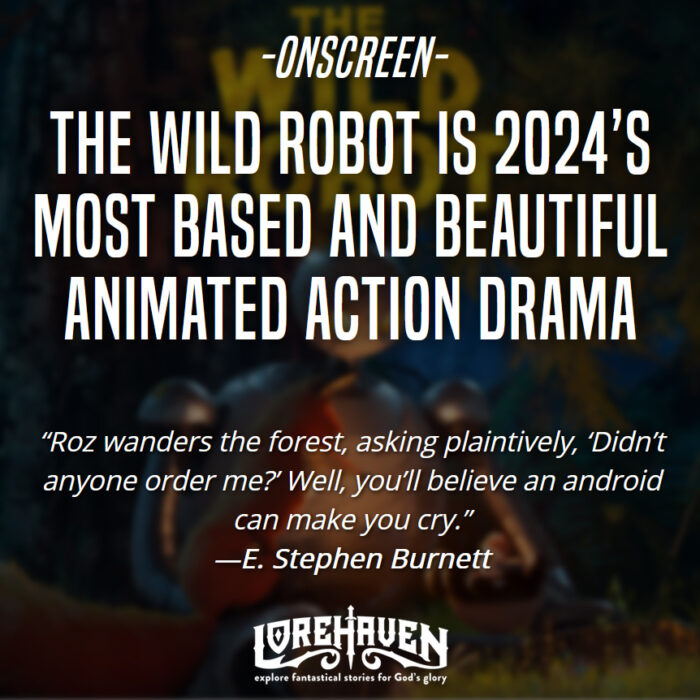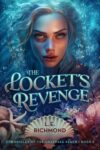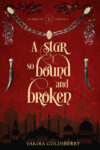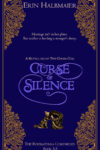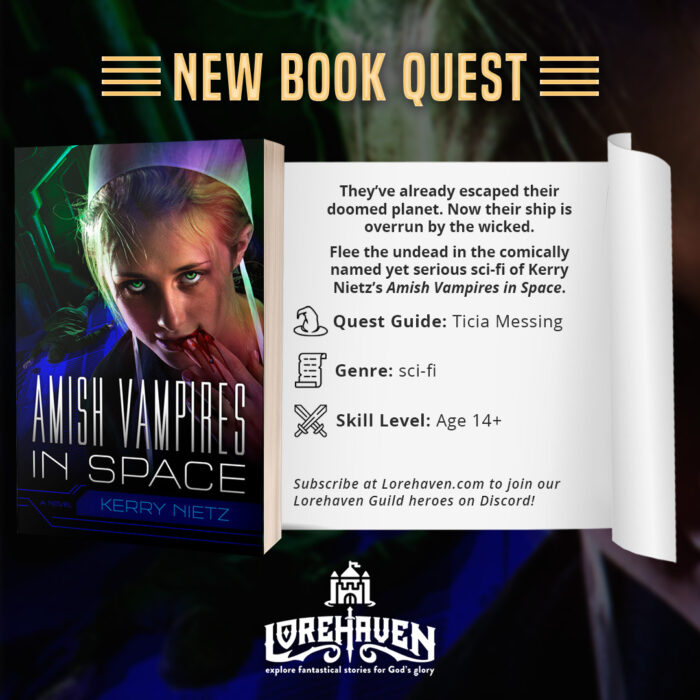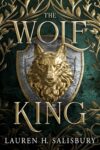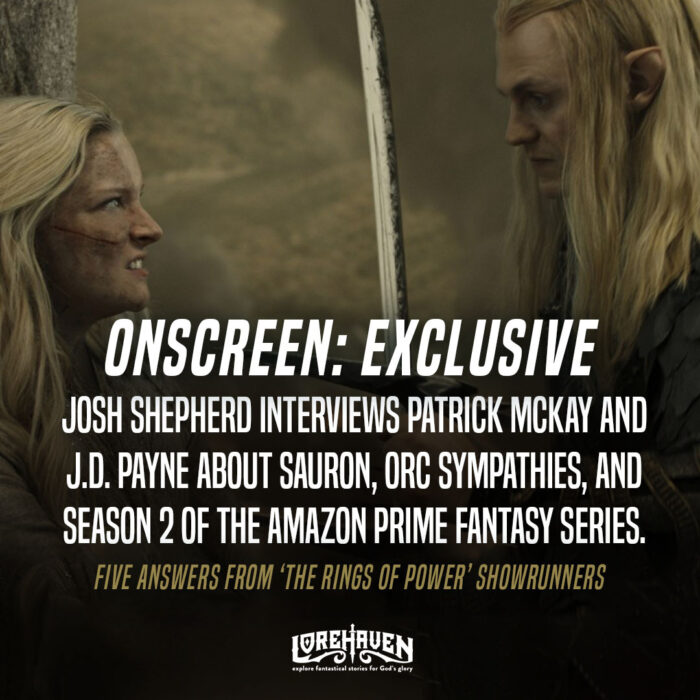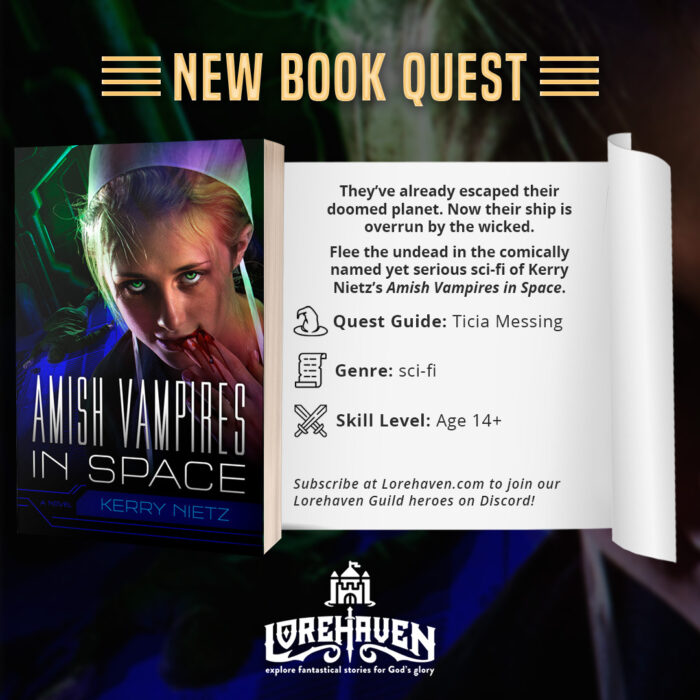Learning From The Secular—Part 3
One fantasy that influenced me was the Richard Adams novel Watership Down, a story of a group of rabbits. Not your cutesy, animated rabbits wearing human clothes and walking upright. Real rabbits, except they are intelligent, have the use of language, and create a society.
The thing about this book that has stuck with me over the years was how completely I bought into this world. When I had to put the book down, I almost felt startled to find myself some place other than a rabbit warren.
How did Adams pull that off? How did he make this place feel so real?
One factor, I think, was his development of much more than place. He created a culture. Wikipedia mentions the following:
the author has gone so far as to construct a culture for his rabbits, including a language (Lapine), proverbs, poetry and mythology. More than one chapter consists of pieces of rabbit lore.
That list only brushes the surface, but you get the idea. Watership Down takes on life because of the history and the religion, the laughter and love, the myths and songs, the deaths and the failures, yes, also the struggles and victories.
And this leads to another factor that drew me in. The characters, though they were rabbits, had the feeling of reality because of their actions. Here’s the introduction of Fiver, as quoted by Philip Martin in The Writer’s Guide to Fantasy Literature:
His companion seemed less at ease. He was small, with wide, staring eyes and a way of raising and turning his head which suggested not so much caution as a kind of ceaseless, nervous tension. His nose moved continually, and when a bumblebee flew humming to a thistle bloom behind him, he jumped and spun around with a start that sent two nearby rabbits scurrying for holes before the nearest, a buck with black-tipped ears, recognized him and returned to feeding. “Oh, it’s only Fiver,” said the black-tipped rabbit, “jumping at bluebottles again.”
Smallish, skittish Fiver, not well respected by most, soon becomes a savior of sorts because of his abilities that transcend the physical. Without meaning to, because the character engaged me, I followed him down the rabbit hole and into his world full of interesting details—things like the best nesting places and rabbit hierarchy.
It’s a rich world, first and foremost because it is “peopled” with rich characters that fit into a larger sphere—a historied sphere that adds significance to the story.
A number of Christian novels create this kind of depth, most notably Karen Hancock’s Guardian-King series. Kathy Tyers, subject of next week’s CSFF Blog Tour, has accomplished the same in her SF Firebird trilogy.
That kind of attention to character and to detail that gives such a strong sense of place sort of brings to mind a rather popular fantasy school that shall remain nameless. ![]()


